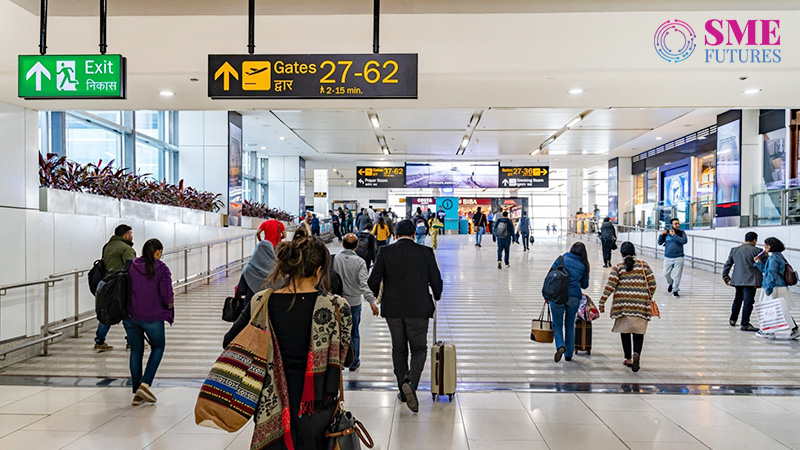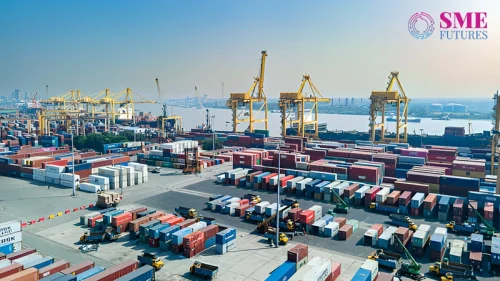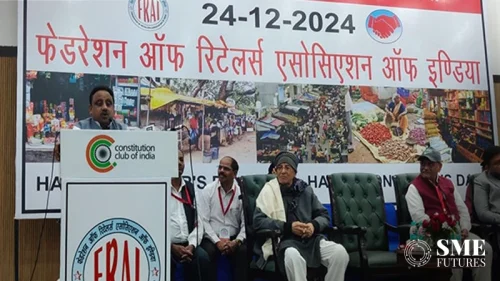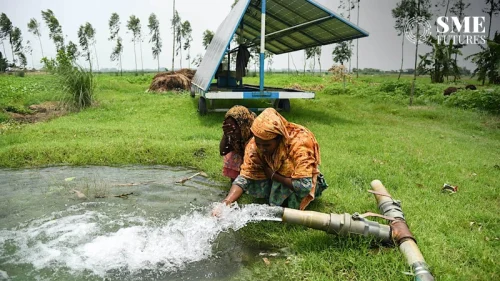Explaining the continuing financial choppiness afflicting the Indian carriers, an expert industry watcher blames it on multiple structural factors — absence of a strong capital structure and low-cost infrastructure, the heavy taxation burden on aviation turbine fuel (ATF), and the fact that 60-70 per cent of costs are dollar denominated.
In an interview with IANS, Jagannarayan Padmanabhan, Senior Director, Consulting, CRISIL Market Intelligence and Analytics, said the duopoly in the market, which is dominated today by Air India and IndiGo, coupled with the release of the pent-up demand for travel, has led to “Indian airlines enjoying healthy yields rarely seen over the past decade, allowing them to streamline their balance sheets, which were severely impacted by the pandemic”.
According to him, the present scenario of the aviation in India is very competitive.
“The Indian aviation sector was chugging along healthily, rising to become the third largest in the world when measured by domestic passengers carried, when it was hit first by the grounding of Jet Airways and then by the pandemic lockdown, leading to airlines ceasing operations,” he says.
Yet, India was one of the few nations where no airline exited on account of the pandemic, adds Padmanabhan.
“The privatisation of Air India was a watershed moment for Indian aviation and it has led to a strong competitor emerging to challenge IndiGo as the TATA group has also completed the takeover of AirAsiaIndia. The two airline groups account for 85 per cent of the Indian domestic market, leading to a duopoly in the market,” he adds.
The recovery from the pandemic and the untapped potential of Indian aviation, considering that India still has one of the lowest number of air trips per capita (0.14, compared with three to four for developed nations) has led to consecutive world record orders by Indian airlines — Air India, 470 aircraft, followed by IndiGo with 500.
Padmanabhan feels smaller players are struggling due to legacy issues as well as technical issues with an OEM (original equipment manufacturer), but for the two dominant airlines, there is a significant runway for growth in the medium to long term.
While there are a few structural factors behind new airlines taking off and crash landing. Padnabhan answers that most of the new airlines lack a strong capital structure — and airlines are capital guzzlers especially in the infant stage.
“Further, the airlines lack differentiated products/offerings and try to ape the incumbents by flying on similar routes. Look at the airlines that have done well. IndiGo started with the idea of a no-frills airline with strict focus on on-time performance and delivered on the same. Vistara was launched with the idea of getting the best of service and hospitality to the Indian market, and both have survived the brutal wars.
Both low cost carriers (LCCs) and full-service carriers (FSCs), moreover, continue to operate at the same airports and this leads to high airport and other charges,” he said.
Indian regulations, moreover, did not allow for International operations for five years; now, the requirement has been reduced to the acquisition of 20 aircraft, allowing well-capitalised carriers to get aggressive with their fleet plans and begin higher-yielding International operations (Akasa is on the verge of receiving its 20th aircraft, which will enable it to commence its international operations within a year of its launch).











